Nature’s Poisons: Why We Love Them and Abuse Them
New book by evolutionary biologist Noah Whiteman explores the delicious toxins all around us.
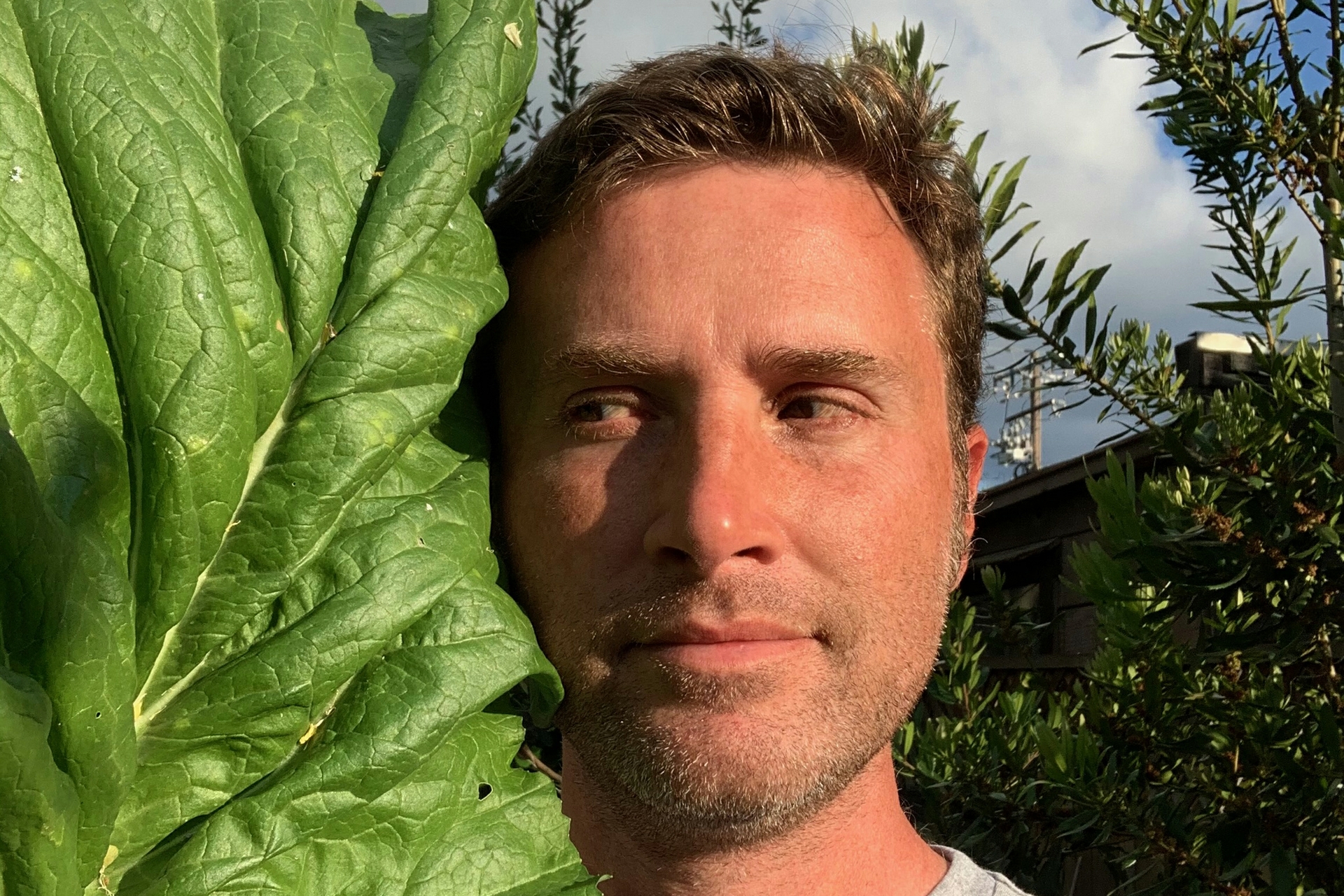
As an evolutionary biologist, Noah Whiteman knows that many chemicals humans abuse — cocaine, heroin, caffeine, alcohol — originated in the continual arms race between plants, fungi or microbes and the animals that want to eat them.
It was only after the death of his father in 2017 from alcohol abuse disorder, however, that the University of California, Berkeley, professor saw the connection between his life's work — the study of how animals have coopted plant poisons to protect themselves — and his personal story.
That realization grew into a fixation on documenting the many plant poisons that humans have learned to use and abuse, culminating in the new book, Most Delicious Poison: The story of nature's toxins — from spices to vices, published Oct. 24 by Little, Brown Spark publishers.
In the book, Whiteman, a professor of integrative biology and molecular and cell biology at UC Berkeley, faculty director of the Essig Museum of Entomology, and an affiliate of the Helen Wills Neuroscience Institute, Museum of Vertebrate Zoology, Center for Computational Biology, Center for
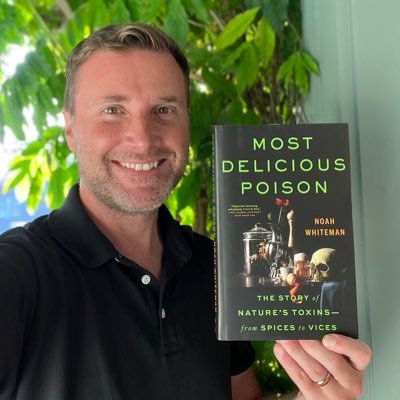
Theoretical and Evolutionary Genetics and University and Jepson Herbaria explores the many varieties of toxins humans use and abuse, and the evolutionary back-and-forth between predator and prey that generated them ever since plants first colonized land 400 million years ago.
Whiteman tells how animals — birds, chimps, insects and humans — have repurposed these chemical defenses for other uses. We have learned to use them not only to alter our moods or relieve stress, but to help us enjoy our food — think black pepper, capsaicin and other spices — and as drugs to keep us alive. Penicillin, some heart medications and antimalarial and anticancer drugs are derived from toxins produced by other organisms.
Throughout the book, Whiteman draws on his personal story — his former smoking habit, his father's abuse of alcohol and the author’s own favorite addictive drug, caffeine — to illustrate how and why humans abuse these addictive toxins.
Berkeley News recently talked with Whiteman about his book and the delicious poisons all around us.
Berkeley News: What made you decide to write a book about nature's poisons?
Whiteman: I never wanted to write a book before. I had no desire to do that. So it was an interesting turn of events. In about 2007, when I was a postdoc, I started studying plant/animal interactions that were mediated by chemicals that plants are making as defenses. In that case, they were mustard plants making mustard oils and other things when they're damaged. The insects were overcoming those oils, sensing them or detoxifying them and then later even using them for their own devices — for example, to find the host plants that they were adapted to. So the tables got turned.
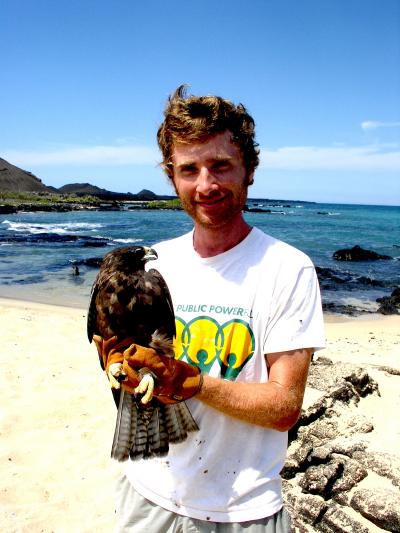
I kept pursuing that. Eventually, I started working on the monarch butterfly system. That involved a new toxin, the cardiac glycoside toxin family. And it was fascinating because the monarchs were obtaining those toxins from the milkweed host plant, which was making them to defend itself. And the monarchs not only overcame those, but then used them as a device to protect themselves, largely from bird predation.
Then, my dad died. It was sudden, but it wasn't shocking, because of his state and his slow spiral with alcohol use disorder. When that happened, these two worlds kind of collided. There was some connection between them — just in a very general sense, both the monarchs and he (my dad) were using a toxin made by another organism to escape their enemies. And sometimes it kills monarchs, too.
And then there was the opioid epidemic. Those themes were starting to churn. And it was like a hurricane that I couldn't stop. So at some point, I felt like it had to be written, this story had to get out of me in order for me to cope and process it all, including my own career and where I came from.
In your book, you describe how your dad introduced you to nature growing up in northern Minnesota.
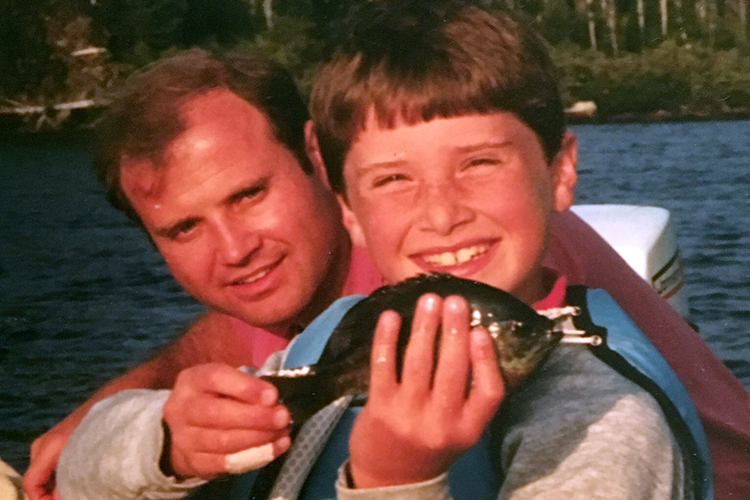
My dad didn't have that scientific perspective. He had a kind of naturalist perspective that you'd expect in a hunter/trapper kind of survivalist, which is really kind of what he was, at some level. But he had a very nuanced understanding of nature and appreciated all of it. He had an equal reverence, I would say, for a deer and a caterpillar, and that's kind of what I learned. I have that, too. I would say that that holistic appreciation was definitely conveyed to me by him.
But for a long time, I really tried to keep the personal and professional spheres of my life apart; my work had been an escape and a great one, for the most part. But the truth is that they were both rooted in him and the natural history that I learned from my dad. I tried keeping these things apart, but the truth is, that was impossible. At some point, the chickens come home to roost. And the way that they did it is through this book. That idea morphed into a proposal that took a year to write.
What is the unifying theme of your book?
Almost all the chapters focus on things that we're consuming. There are some exceptions, like the chapter on curare — that's the blow dart toxin that became used in medicine to paralyze your muscles during surgery. In general, they are things that we eat, drink or smoke. That's the idea of the book, Most Delicious Poison. The word delicious is kind of central to this duality.
Your book covers an amazing variety of chemicals from the botanical world.
It's a dose of me. This is why I loved Daniel Lieberman's quote on the back (Lieberman is the author of The Story of the Human Body and Exercised): “I wish I could travel the world with Noah Whiteman and enjoy firsthand his deep and eclectic knowledge of the thousands of compounds that plants evolved to defend themselves against predators. Fortunately, he has written Most Delicious Poison. This exuberant, poignant and mind-blowing guide will transform how you think about plants and how humans use and abuse their toxins to flavor food, treat disease, alter moods, and more.”
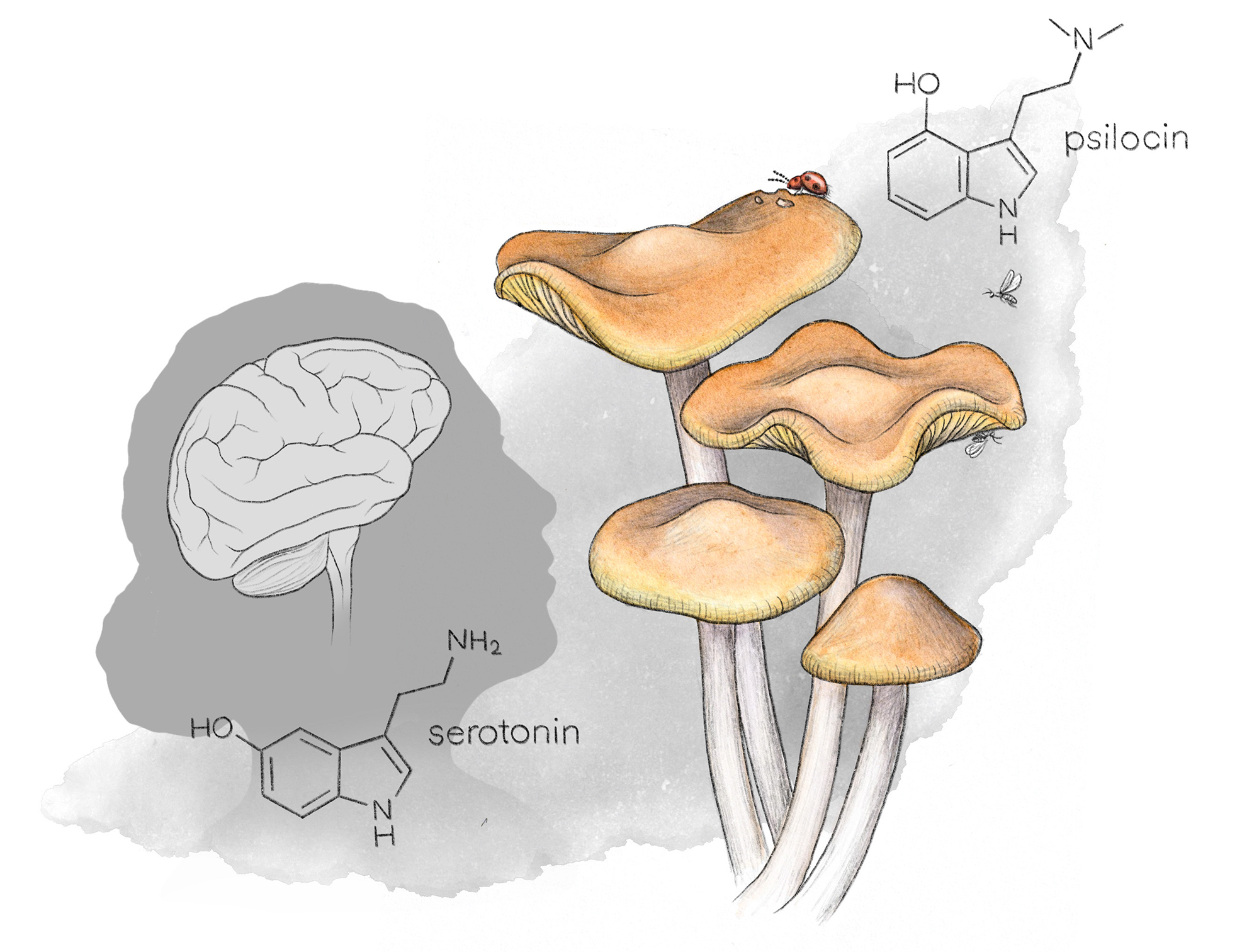
Basically, what he's saying is, I'm a lot, and that is reflected in the book. I kind of wrote it with the idea for it to be an authentic expression of me, that also had to be true.
I thought the same as Lieberman: Walking through the forest with you would be fascinating, with you be pointing out on all the poisonous plants.
And overwhelming. The way that I coped with my family and the circumstances around me was by getting completely lost in this stuff. Even as a kid. And that, in general, served me well. But at some level, you know, it's also an obsession.
You also include a lot of biochemistry in your book, which could be too much detail for some readers.
I thought, “Why shouldn't people know about these things that either they're putting in their bodies or have become very important in modern medicine? Why shouldn't we know that the pill originally was derived from a 200-pound inedible yam by the company Syntex?” We should know where these things are coming from.
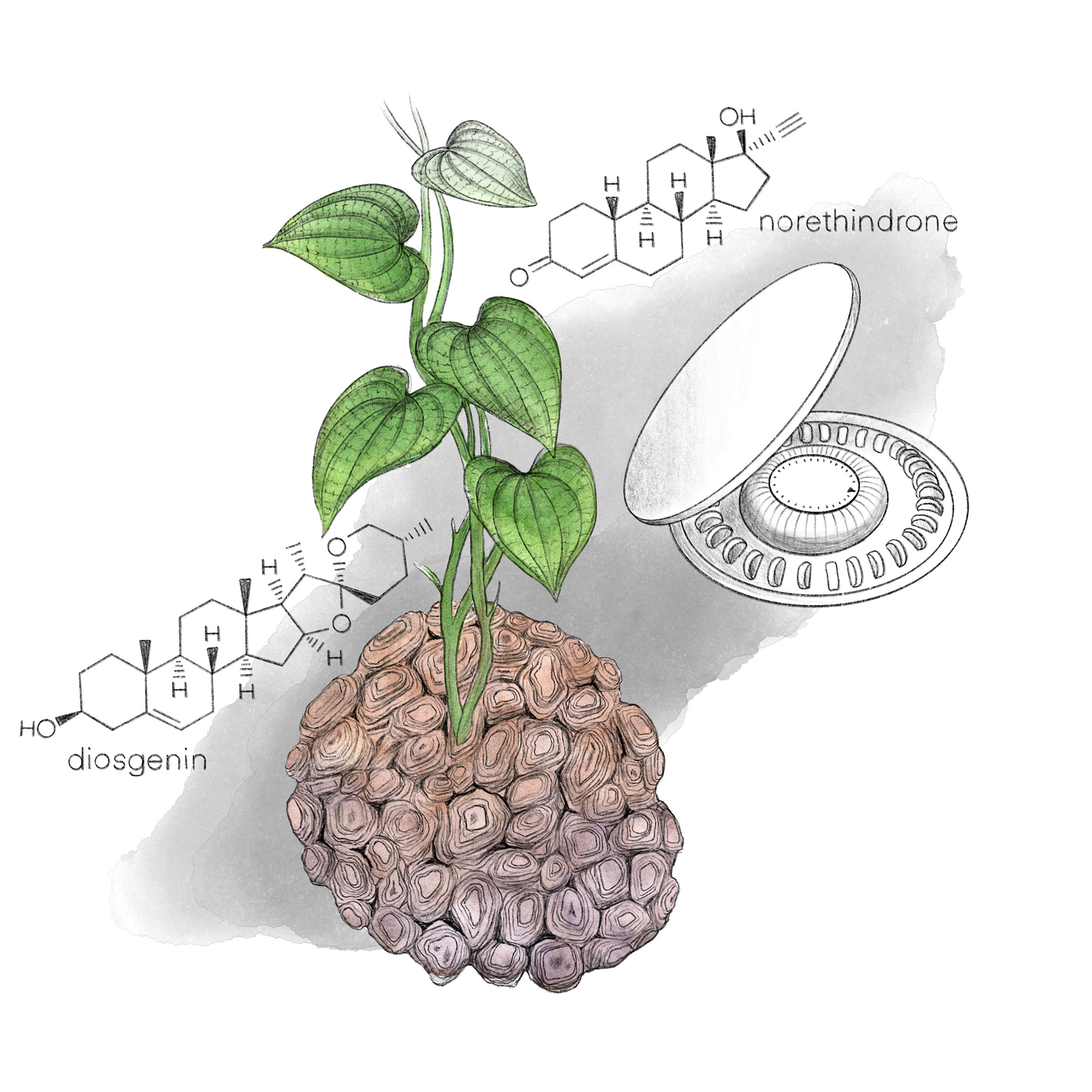
And if anything touches on that, it's the opioid epidemic and the semi-synthetic opioids that were made from top1 poppies (a genetically engineered plant that accumulates thebaine and the morphine precursor oripavine, but not morphine itself). Plant-breeding science developed those through mutagenesis and screens, and top1 was seen as amazing, almost miraculous, because the poppies don't produce morphine, they don't produce opiates that would be easily used as a way of becoming addicted to them. Well, it turns out that the thebaine that's in them is used to make hydrocodone, which turned out to be very addictive. I think these details matter. The science is always in there, and it's glossed over a lot. And I think something is lost when we do that, both in terms of the history, but also the interesting aspects of these chemical quirks.
Speaking of obsessions, you write in your book that the boutonnieres you bought for you and your husband's wedding delighted you because they contained so many poisonous plants. Did you really think that at the time?
I said to the florist — this was in rural Vermont, where I was taking a sabbatical as a 2020 Guggenheim fellow to write this book — "Why don't you pick something wintry?" So she selected these plants, and the first thing I thought was like, “Well, there's this toxic plant, there's that toxic plant.” I loved that some of the most beautiful plants that produced these amazing poisons were in it. But that's kind of true of any plant, so really, it wouldn't have mattered. I would have found something to cling on to that was related to the topic of the book, because that's what my brain does.
Of all the chemicals you talk about and the interactions between plants and insects, is there one example that most fascinates you?
At some level, I still think the cardiac glycosides are super interesting. They transcend many different trophic levels. And what I mean by that is, you know, many different plants make them, but also some animals make them in high quantities, like toads and fireflies. And then they move up into organisms that are eating those, whether it's the monarchs and milkweed bugs and the oleander aphids, or leaf beetles, tussock moths, longhorn beetles that eat the milkweed.
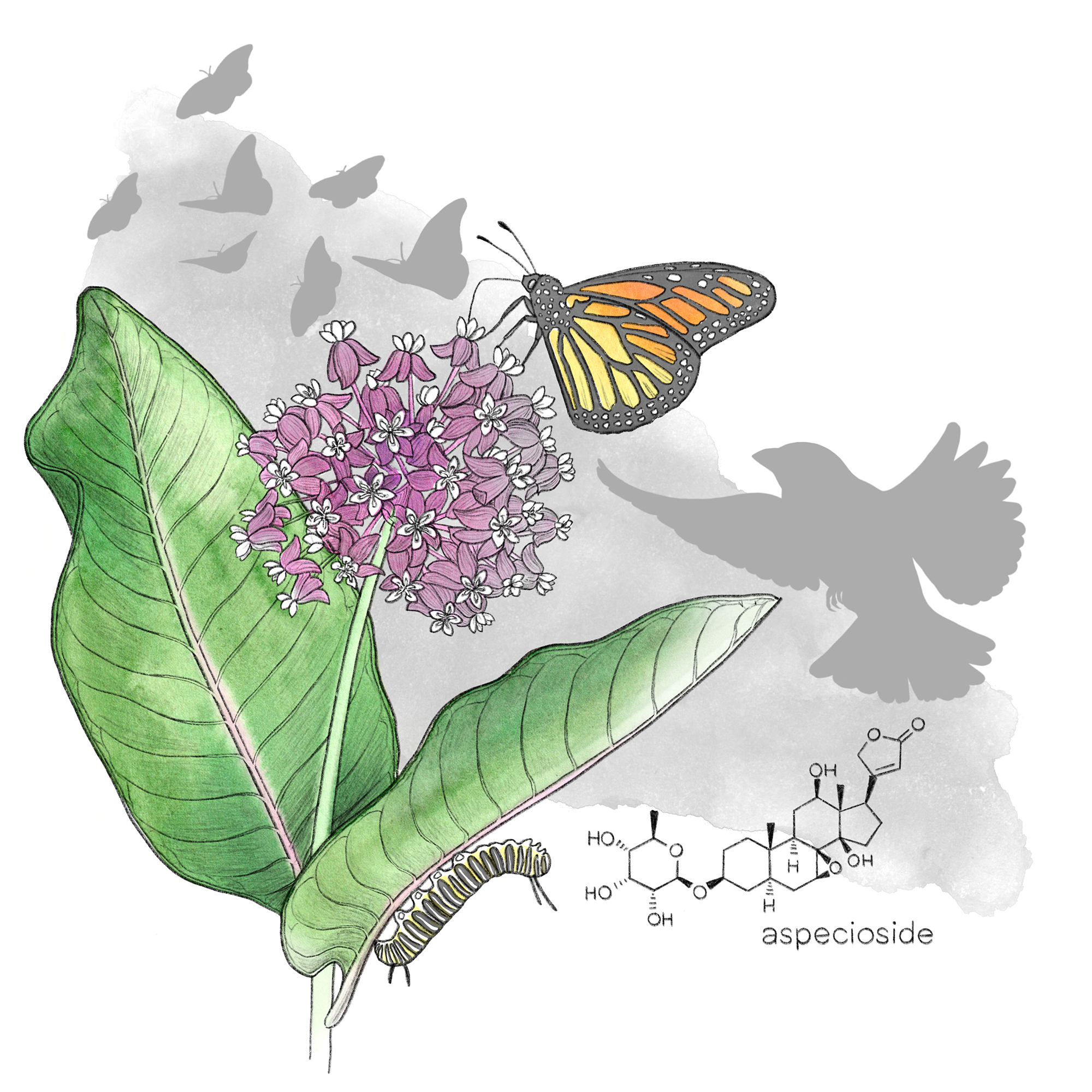
And then, of course, the chemicals can move up to that third trophic level. There are these black-headed grosbeaks in Mexico that have evolved resistance to the cardiac glycosides, so they're able to feed on monarchs where they overwinter in Mexico.
To me, it's just amazing that you can have a molecule that was made by a plant in Vermont that makes its way into a caterpillar, that makes its way into a butterfly, that makes its way down to Mexico, that makes its way into a bird that is eating it, which might be nesting later along Strawberry Creek! It's just absolutely incredible that you can have a toxin that moves on the wings of insects and birds — thousands and thousands of miles — and has an impact on evolution and ecology.
And then humans are using them as arrow poisons — arrows tipped with a slurry from the poison arrow tree, which is in the same group of milkweeds plants. That same chemical in the poison arrow tree was then used as a heart medication, first in Africa and then in Europe.
And then there's this big unknown: Do we as humans make those toxins in minute quantities to regulate our sodium pumps? So, to me, the cardiac glycosides are the most fascinating ones because they touch on everything in the book, all of the concepts and the impact on human history.
What's your favorite addictive substance?
Caffeine. By far. Actually, if I had to vote, I would say it would have been nicotine, but I don't use it anymore.
Nicotine was a euphoric substance for me. Luckily, I was able to not use it. But it has these benefits: It increases cognitive performance and mood. It's complicated, nicotine. Tobacco itself, the smoke and the nitrosamines and things that are produced as a result of the ignition of those leaves, kills more people than anything else. And there are a lot of unknowns about the delivery device that most people use in vaping — not just the tobacco, but the solvents that are in it.
You bring up your marriage to your husband, which makes me wonder if being gay impacted your writing in any way?
Maybe it did, in the sense that I definitely used nature as an escape from social interactions where I might be stressed out because I wasn't out, especially as a teenager. I would say my science has always kind of come first, though. My gayness has never been the main thing that defines me. Yet, it's inextricably a part of me, too. The science allowed me to rise above the societal challenges of being gay and fulfill an important part of my identity.
Is there another book in you?
Yeah. I'm working on a smaller book on the origin of psychedelics that magnifies some of the themes I talk about a little bit in this book. And then there's a longer book with a longer horizon on the evolution of color vision. That's also a personal story. I have a pretty severe form of red-green colorblindness, which also runs in families, except it has a very clear single gene-genetic basis, a situation unlike any of these use disorders. And in my lab, we have a research project on color vision and hummingbirds. That is why I'm going to write the book.
Any final thoughts?
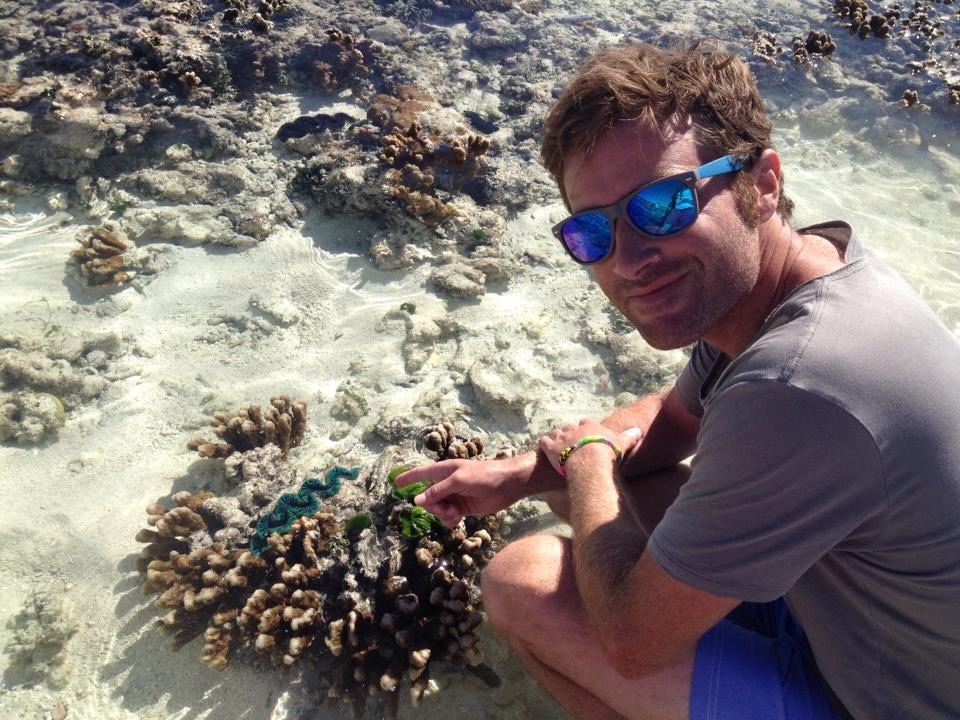
Well, I would say that writing this non-scholarly book was the most intellectually satisfying thing I've ever done. It allowed me to integrate across different epistemologies that I've learned, you know, from my undergraduate days as a liberal arts college student. And I would say Berkeley brought out that in me. It brought out that integration, that consilience, in me because I see Berkeley as a giant liberal arts college. It doesn't have a medical school, so it kind of is! The center of gravity is a little different than it would be at a place that's as big as Berkeley if it had a medical school. So I feel like this was a unique setting for the book to emerge. I'm grateful to my colleagues and the university and the students for inspiring me, for supporting me in the process of creating this thing.
